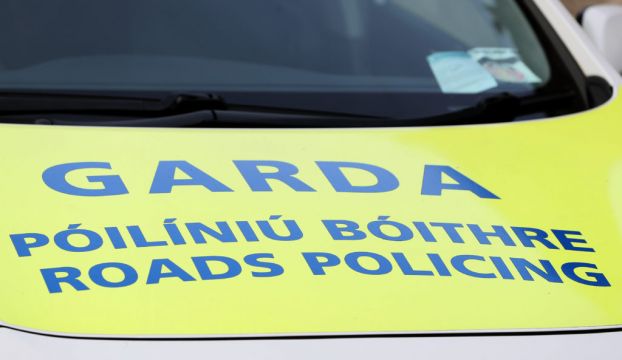Drug-driving incidents jumped by 11 per cent in the first three months of the year despite lockdown and less road traffic, figures show.
It comes as data from the Medical Bureau of Road Safety (MBRS) show a 37 per cent rise in the number of blood and urine specimens submitted for drugs testing in 2020 compared with 2019.
The Road Safety Authority (RSA), An Garda Siochana and the Medical Bureau of Road Safety (MBRS) have highlighted the dangers of drug driving ahead of the Easter bank holiday weekend.
Statistics show that of the 4,435 blood and urine specimens tested for drugs last year, almost three quarters were found to be positive for at least one drug.
An Garda Síochána are asking motorcyclists to think safety first this bank holiday weekend. Please complete safety checks on your motorcycle before setting out on your journey and stay within the posted speed limits. #EaseOffTheThrottlehttps://t.co/3eSGEkxiJB pic.twitter.com/xnrFQzgCQY
Advertisement— An Garda Síochána (@GardaTraffic) April 1, 2021
Cannabis remained the most prevalent drug detected, with three in five tests returning a positive result.
Analysis also showed increased detection of cocaine use, with between 30 per cent to 40 per cent of specimens provided testing positive for this drug.
Garda figures for the full year revealed 3,988 incidents of drug driving.
There have been 997 incidents so far in 2021, in comparison with 899 in the first three months of 2020. This represents an 11 per cent increase.
The increase in specimens testing positive for cocaine is worrying
Advertisement
Professor Denis Cusack, head of the Medical Bureau of Road Safety, said: “The high level of enforcement seen last year has continued into 2021. Similar increased numbers of specimens are being received by the Bureau for drugs analysis in the first three months of this year compared to the same time period in 2020.
“While cannabis continues to be the most prevalent drug detected, the increase in specimens testing positive for cocaine is worrying.
“Benzodiazepines, which include many prescribable anti-anxiety medications, continue to be a concern too, with about 20 per cent of specimens screened last year resulting in a positive test for benzodiazepines.”
Impairment
Prof Cusack added: “If taking prescription medication, drivers need to follow the advice of their prescribing doctor and dispensing pharmacist and must be aware of the level of potential impairment, even temporary, that the medication may cause.
“This is particularly important if the dosage or brand of that medication is altered. If you are in any doubt, speak to your doctor or pharmacist about your concerns.”
Sam Waide, CEO of the RSA, said: “The figures from the MBRS and An Garda Siochana clearly show that driving under the influence of drugs remains a significant problem in Ireland.
“Some drug drivers incorrectly believe that certain drugs make them better drivers and imagine themselves at low risk of collision.
“They also tend to overestimate their driving ability and show little understanding of how drugs affect their driving.
Even a small amount of certain drugs can seriously affect a driver’s motor skills
“Even a small amount of certain drugs can seriously affect a driver’s motor skills, balance and co-ordination, perception, attention, reaction time, and judgment on the roads, putting not only the driver at risk, but also passengers and other road users in danger.”
Despite lockdowns and less traffic on Ireland’s roads in 2020, detections of drug driving increased, with 3,988 drug-driving arrests last year.
A total of six people have been killed and 53 people seriously injured over Easter bank holiday weekends between 2016 to 2020.
To date in 2021, a total of 21 people have died on Irish roads, 25 fewer than the same period in 2020.







